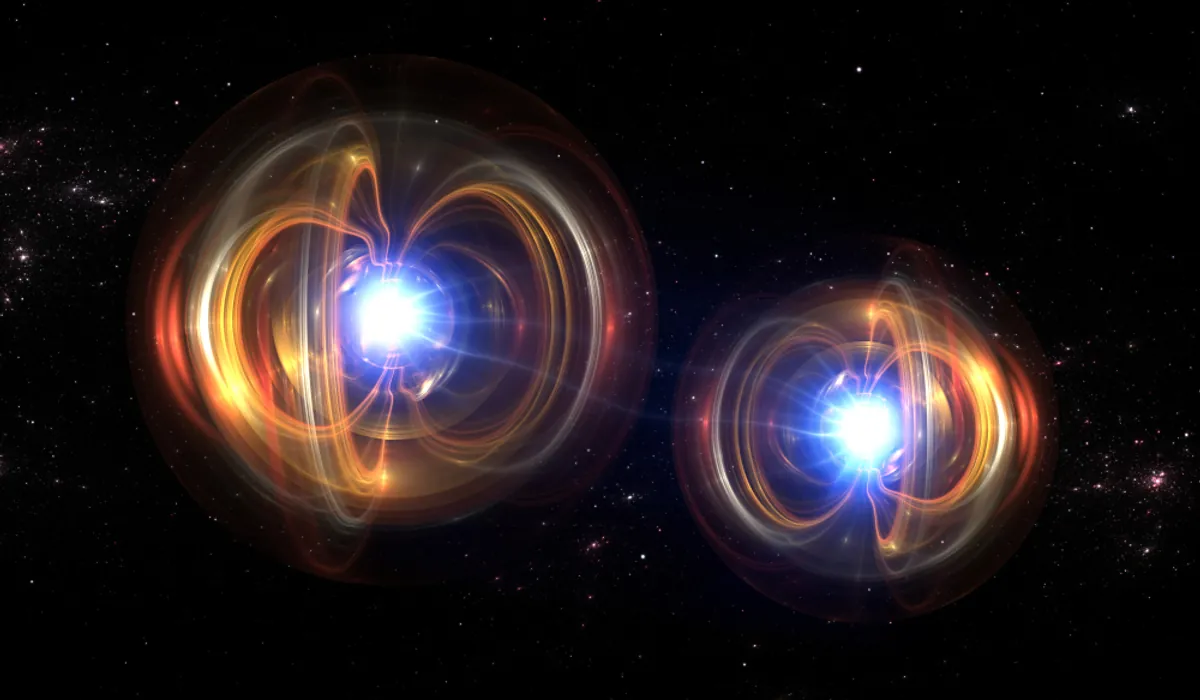Physicists have entangled two optical atomic clocks for the first time. This breakthrough could be a way to go beyond even the most cutting-edge current limit of timekeeping as well as being a fantastic tool in an exciting branch of quantum computing: quantum cryptography.
Atomic clocks are used as timekeepers by measuring the resonant frequencies of atoms as their electrons switch between energy levels. Traditionally this has been done using cesium atoms and microwaves but since the year 2000, new atoms have been employed that use visible light. These are optical atomic clocks and use elements such as ytterbium, mercury, and strontium.
Optical atomic clocks have recently been employed to make impressive strides in precision timekeeping. They are 100 times more precise than the traditional cesium atomic clock. So precise, that they may soon be used to redefine the second. But they have their limitations, too. Especially when multiple clocks are needed.
These optical clocks are so precise that they allow for testing small changes of gravity, both to test theories such as relativity as well as to study what’s actually below our feet. However, these approaches require comparisons between different clocks, and the precision of these measurements, for independent devices, will be dependent on the standard quantum limit. Syncing two atomic clocks is difficult because even just measuring them can alter them and introduce errors. But there’s a way to take fewer measurements, and that's where the quantum "magic" happens.
Entangling the atoms in two clocks makes it possible to reach the ultimate precision allowed by quantum theory, the Heisenberg limit. In the study, published in Nature, researchers report the ability to have done just that in a system made of two clocks made of a single strontium atom each and 2 meters apart. They reduced uncertainty by a factor of 1.4.
Entanglement is a special state where particles we consider distinct behave as part of a single system. A change to one leads to a change to the other instantaneously, no matter the distance. The fact that this could theoretically happen between two particles at each end of the universe gives many scientists an uneasy feeling. Einstein called it "spooky action at a distance". But it is not a causal relation; the particles are in a single entangled state, so by doing something to one particle (such as observing) you are actually acting on the whole state even if it stretches for billions of light-years.
In the lab, entangled states are far from this vast sturdy system. They are very delicate and susceptible to breaking apart. This new work stresses that this is still a big issue and that this simple network of optical clocks is just a proof of concept. The research not only highlights the limitations of the method but possible solutions as well. Optical atomic clocks have some hurdles yet to overcome before they can deliver on their promises.
[H/T: New Scientist]
 Reviewed by Explore With Us
on
September 08, 2022
Rating:
Reviewed by Explore With Us
on
September 08, 2022
Rating:





No comments: